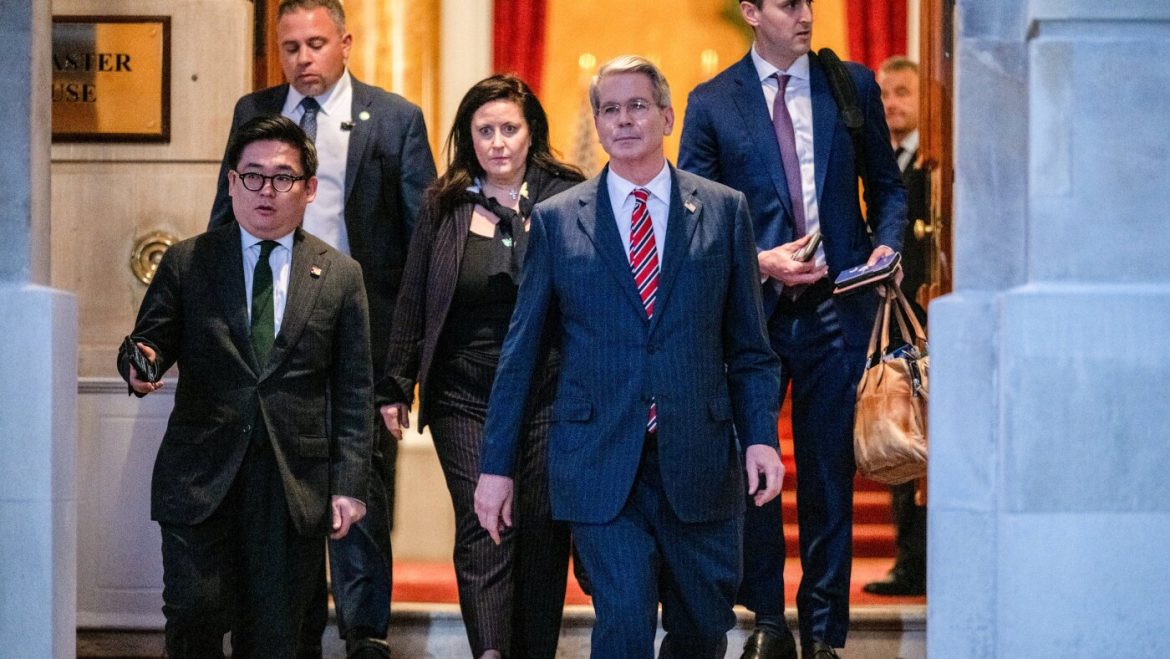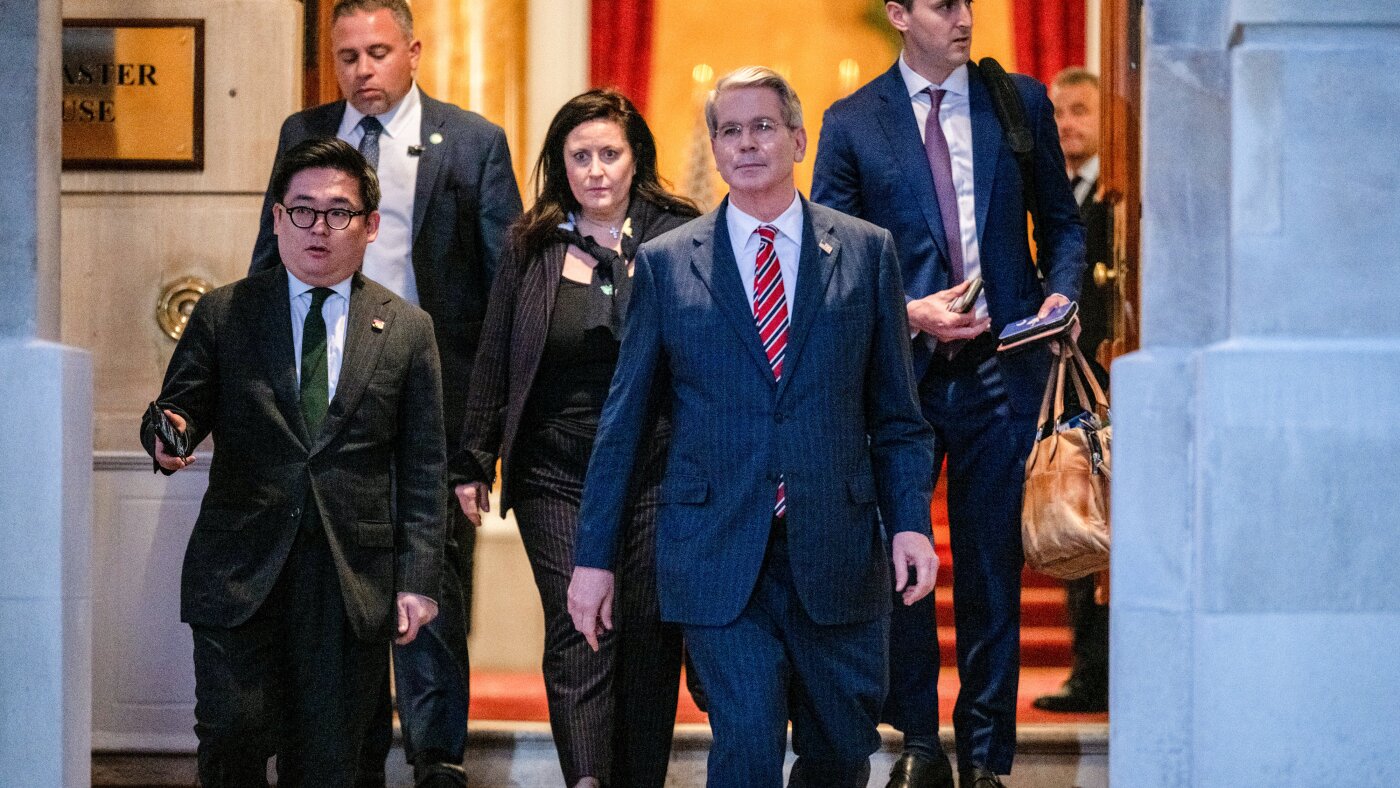Unpacking the Announcement: U.S.-China Trade Deal Declared “Done” by President Trump
Recent news cycles have been abuzz with President Donald Trump’s assertive proclamation that a long-anticipated trade deal between the United States and China is “done,” albeit pending final approvals by himself and Chinese President Xi Jinping. This declaration comes after intensive high-level negotiations in London, marking a significant development in the protracted and complex trade relationship between the two economic superpowers.
—
Context and Background of the Trade Framework
The U.S.-China relationship has been fraught with escalating tariffs, trade restrictions, and geopolitical tensions over the past several years. Since the onset of the trade war, both nations imposed tariffs that disrupted global supply chains and sparked significant economic uncertainty worldwide. The latest talks in London, involving senior U.S. officials including Treasury Secretary Janet Yellen and Commerce Secretary Gina Raimondo, aimed to restore some semblance of cooperation, particularly in sensitive sectors such as technology exports and critical minerals.
—
Key Details of the Agreement as Presented
President Trump’s announcement outlines several crucial components of the deal:
– Tariff Adjustments: The U.S. will maintain a unified tariff rate on Chinese imports at 55%, which appears to consolidate previous disparate tariffs into a singular rate. China, conversely, is reported to implement a 10% tariff on U.S. exports, a figure introduced presumably to balance trade considerations.
– Rare Earth Minerals and Magnets: China has agreed to supply rare earth elements and industrial magnets “up front,” which are vital for manufacturing in multiple U.S. high-tech sectors, including defense and renewable energy. This supply commitment responds to U.S. concerns about overreliance on Chinese exports for these critical materials.
– Export Controls and Restrictions: Both parties have consented to ease export controls, aiming to stabilize otherwise volatile trade flows. This is significant in preventing further deterioration of the trade environment, especially regarding advanced technology and dual-use goods.
—
Implications and Challenges
Economic and Strategic Ramifications
The claimed “trade truce” could signal a cooling-off period in the U.S.-China trade war, potentially allowing businesses on both sides to plan with greater certainty. With China pledging raw materials supply and the U.S. consolidating tariffs, industries dependent on access to these resources may see relief from supply chain disruptions.
However, imposing a 55% tariff rate on Chinese goods—even if consolidated—may still represent a heavy cost burden for U.S. importers and consumers, likely translating into price increases. Meanwhile, China’s 10% tariff on American products will continue to dampen export opportunities for U.S. firms in key sectors.
Political and Diplomatic Dimensions
Trump’s emphasis that the deal is “subject to final approval” by himself and Xi suggests that, although a framework exists, the agreement remains fluid and susceptible to last-minute political shifts. Furthermore, this deal arrives amid an ongoing backdrop of rivalry over technology dominance, military posturing, and ideological divergence, meaning the trade arrangement may be more pragmatic than a deep strategic reconciliation.
—
Critical Examination of “Done” Status
While multiple reputable sources corroborate Trump’s statement, describing the agreement as “done,” closer inspection reveals important caveats:
– The deal is best characterized as a trade framework rather than a detailed, ratified treaty, laying groundwork for future negotiations rather than resolving all outstanding disputes.
– Key sections—such as intellectual property protections, broader market access, and enforcement mechanisms—remain unclarified.
– The tone of caution among analysts suggests skepticism regarding the robustness and longevity of the arrangement, especially given the historically episodic nature of U.S.-China trade diplomacy.
—
Conclusion: A Cautious Step Toward Stability
This announcement represents a noteworthy, if tentative, advancement in U.S.-China trade relations. The framework agreed upon in London addresses several immediate concerns, particularly the supply of rare earth minerals and tariff harmonization, signaling a mutual interest in reducing overt confrontation. However, the high tariff rates retained, dependence on final approvals, and ambiguous provisions imply that far-reaching structural trade issues remain unresolved.
The declaration that the deal is “done” seems to function partly as a political stroke to inspire confidence and signal progress domestically and internationally. The true test will be in the operationalization of the framework and whether it can foster sustained cooperation against the backdrop of a complex geopolitical rivalry. For businesses and stakeholders, the message is mixed: relief that dialogue continues, but vigilance over potential future disruptions remains essential.


